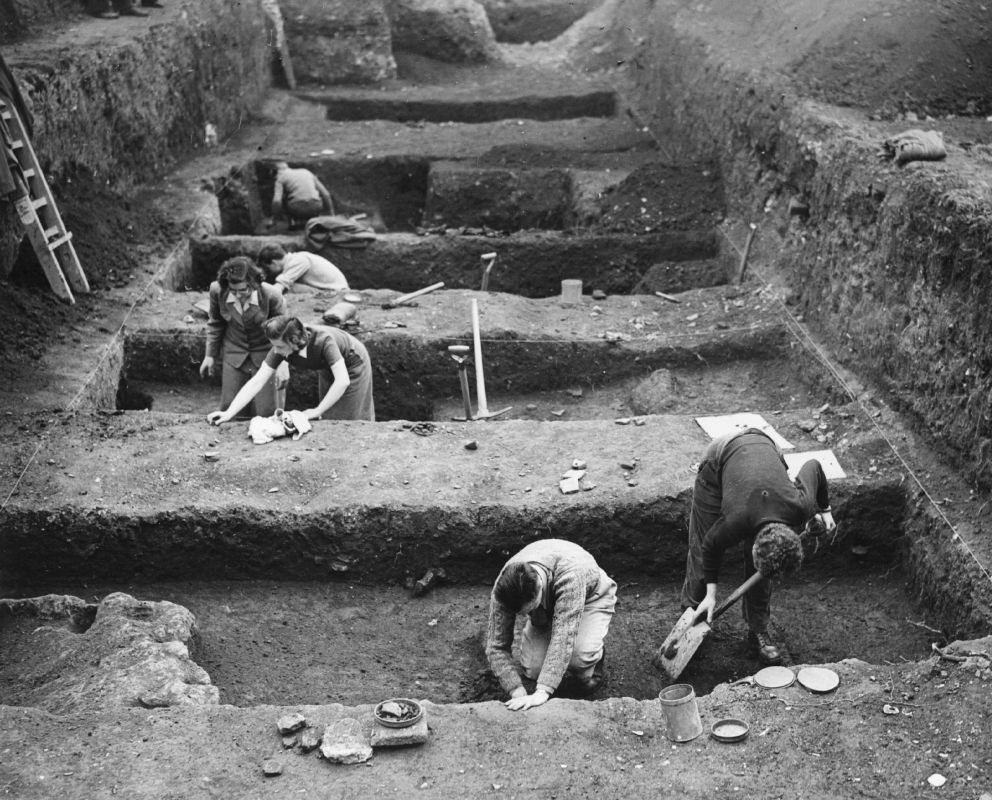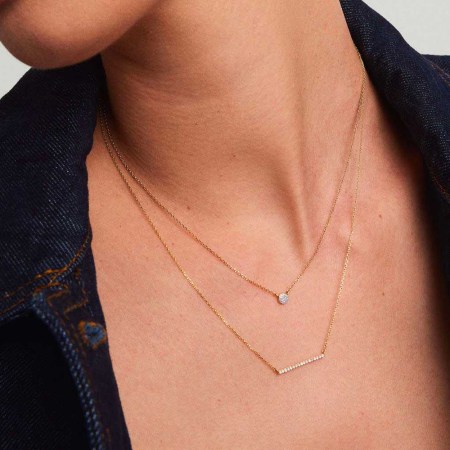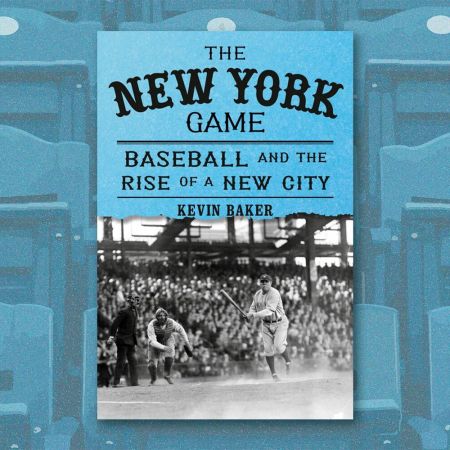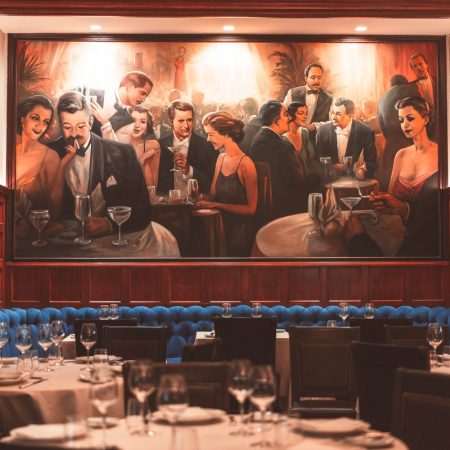By age 15, Shahina Farid had already decided she was going to be an archaeologist. In the 1990s, she was invited to explore the famous Neolithic site of Çatalhöyük in central Turkey—the World Heritage Site that is typically associated with James Mellaart and Ian Hodder—and she worked there for almost 20 years.
Her expertise has been a driving force behind the well-known excavation, and her work at the site has reverberated through countless archaeological and scientific studies. For generations, Farid has been a mentor to archaeologists who have worked at the site. Though she left in 2012, she will always be remembered as the Lady of the Hoyuk for her seminal work at the Turkish site.
Stories like Farid’s, frequently overshadowed by their male counterparts, are the focus of TrowelBlazers, an online labor of love that encourages recognition of women and underrepresented groups in archaeological, geological and paleontological science. Started by four women—Brenna Hasset, Victoria Herridge, Suzanne Pilaar Birch and Rebecca Wragg Sykes—the site hosts blog posts that celebrate the collaboration and contribution of women in their earth science fields.
Started over Twitter—the four women have all met in person just once—the project has evolved to focus on women’s networks rather than just celebrating the achievements of individual women.
“We have focused on (the idea that) there were women there and they all worked together, they were never isolated or lonely; even if individually they had massive challenges, it’s hard to see anyone completely separated from other women,” said Wragg Sykes.
This problem is more than just anecdotal. A study done by Dana Bardolph, who dug through 4,500 peer-reviewed papers in 11 archaeology journals covering a 23-year period, found that female authors are “significantly and consistently underrepresented in American archaeology journals.” Although the gender ratio among researchers is roughly equal, in the journals Bardolph looked at, women accounted for slightly less than 29 percent of articles published. This data was consistent over time.
TrowelBlazers arose out of the disappointment the four women felt when they saw that those who represented their fields were “all old dudes with really big beards,” said Hassett. There was a video released by the EU called “Science, It’s a Girl Thing,” that got all four women individually thinking about how people think and talk about women in science.
Thanks to Twitter, the four women started talking about stories they knew about women in the field, like female professors who weren’t getting recognized as titans of academia or historical figures who weren’t given the same prestige as the men of the time.
Hasset said the four of them decided to make a Tumblr blog and began collecting historical mini-biographies about these stories. They expected to post for about a month.
That was five years ago.
Now, on top of the continued blog posts featuring women in the field, the TrowelBlazers do public lectures and outreach activities and have started the Raising Horizons Project. The project is a collaboration with photographer Leonora Saunders and supported by Prospect Union, which is an exhibition of photographic modern portraits referencing historic women. The project also includes oral histories and interviews that focus on the career experiences of those featured in the portraits.
“You have all these little stories about these individual lives and what we’re starting to now do is look at how these very crazy, real stories are actually stories about women helping each other and supporting each other,” said Hasset during a phone interview. She went on, saying, “(There will be) some amazing story about a woman hacking through the arctic then you realize there is another woman in that story and you go off chasing that one.”
TrowelBlazers has no official funding and no significant stream of income, but “how we keep going is that we all talk frequently,” said Wragg Sykes. They have a steady WhatsApp group and Wragg Sykes said that each of them has “immense energy, different sides, different facets and can apply our strengths to different aspects.”
As for their personal lives, Wragg Sykes and Hassett both said that they were fortunate to have other women to guide them as they progressed in their work.
“A lot of us have benefited in our own careers from strong female mentors,” said Hassett. Hassett is a bioarchaeologist, whose big interest lies in in studying child health—she is also slightly obsessed with teeth, which she said are “essentially fossils that live in your mouth.” She was able to work directly with Birch, who investigates how humans adapted to climate change in prehistory through a combination of archaeology with biogeochemistry, when one of Hassett’s digs had an opening. Herridge, a palaeobiologist who specializes in the evolution of dwarf elephants, has collaborated with Birch in the past as well.
Wragg Sykes, who is a Palaeolithic archaeologist, went on her first dig when she was 14-years-old. One of the supervisors was a woman, so that was really formative for Wragg Sykes to see “that someone was senior and in charge of all the finds and that was her domain.” As she went about getting her degrees, she said there were “really inspirational women” both in the class and teaching her.
“I wasn’t lacking in female role models, and that’s not the case everywhere, I think I was probably lucky,” she said while Skyping from a hotel bar in her local town in the U.K., where she sometimes does her writing.
However, the profession is not without its own #MeToo problems, among them documented cases of sexual harassment and a culture of misconduct, especially out in the field. In a 2013 study, anthropologist Kathryn Clancy and her team revealed that out of 124 participants in a Web-based survey, 59 percent reported experiencing inappropriate sexual comments in the field, while 18 percent reported physical harassment or assault.
When Clancy and her team expanded the survey to include more than 600 respondents from all fieldwork disciplines (the first canvas just involved anthropologists), the results were basically the same: Young female graduate students were usually the targets. Older men, usually postdoctoral researchers and professors, were mostly the perpetrators. Victims often didn’t not report the abuse because they worried it would affect their career, and others were told to keep quiet.
Wragg Sykes said that when she was a undergraduate student, there was a male professor that was physically inappropriate, and at the time she didn’t tell anyone. Looking back now, it “seems awful.” She said she put things together later on down the road, and that there are multiple instances that when she looks back, she thinks, “Whoa, that was not right.”
“When I think about it now, I should’ve said something about what that professor did with me, but I didn’t because, I guess, your expectations or your understanding of what is an acceptable thing for somebody else to do definitely changes throughout your life,” Wragg Sykes said. “If you’re a female student and are socialized to accept comments about your body or someone getting in your space, you’re not going to question that.”
Two years after the study was released, Clancy said during an interview that the professional culture, at least in higher education, was changing.
“There is a rising tide of field station directors, lab managers, professors and conference organizers who are anticipating issues and creating policies and consequences to help make the workplace climate better for everyone,” she said to University of Illinois News. “When someone feels like they can step into a scientific workplace and be respected and do their job well, they can bring their whole selves to their job—their creativity, intelligence and work ethic. When we change the climate, we do better science, and that’s a really exciting change.”
Hasset called the study a “sterling example of women identifying a problem that is actively causing an issue for women in science.” She said that since the study came out, big organizations like the Society for American Archaeology, have begun addressing the issue.
“(This is an) example of women coming together basically to identify a problem affecting quite a few people and doing something about it,” said Hassett.
Wragg Sykes is glad these conversations are happening, and changes are being made to address sexual misconduct. She hopes TrowelBlazers can help be a part of the conversation, but does not want the group to become just about this movement.
“We want to continue our primary aims of highlighting women’s contributions and promoting networks and mentoring because we don’t see other people doing what we are doing, and there are other capable initiatives going on against these harassment and assault issues,” Wragg Sykes said. “Next few years are going to be interesting to see what steps are made and if TrowelBlazers can be part of helping that happen, we absolutely will.”
The four TrowelBlazers are now looking to also move beyond the website and start working with other groups on things like mentoring networks for people who are already in the midst of their careers, said Wragg Sykes. She said she would also like to develop the diversity of the site.
“(There are) issues around gender but also much more significant disparities in race or people with disabilities or people who identify as LGBTQ, and those areas, we would like to work towards,” she said. She hopes to develop work experience bursaries for women and girls of color.
“TrowelBlazers is going to carry on forever,” Wragg Sykes said, then laughed. “I don’t know where it’s going to lead us but I think we are all astonished at the magic that has happened so far.”
This article was featured in the InsideHook newsletter. Sign up now.























